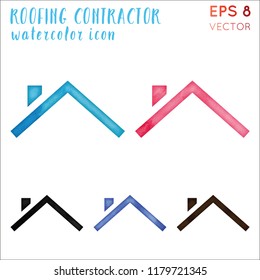Initiate Your Paint Job Correctly With Professional Support On Just How To Skillfully Manage Challenging Edges And Edges For A Smooth Surface
Initiate Your Paint Job Correctly With Professional Support On Just How To Skillfully Manage Challenging Edges And Edges For A Smooth Surface
Blog Article
Material Author-Watson Damm
Achieving a flawless paint job begins with careful wall surface preparation. From completing flaws to priming surfaces, each step plays a critical role in the final end result. However what about those challenging edges and sides that can make or damage the overall appearance? Keep tuned to find expert suggestions on exactly how to navigate these challenging areas with finesse, making sure a smooth coating that will certainly boost your room to brand-new heights of class.
Wall Surface Inspection and Repair
Examining wall surfaces for any kind of blemishes and without delay addressing them through needed repair services is critical for achieving a smooth and remarkable paint job. Before beginning the paint process, carefully check out the walls for cracks, holes, dents, or any other damage that can influence the final result.
Begin by filling in any kind of splits or openings with spackling substance, allowing it to completely dry completely before sanding it to create a smooth surface area. For bigger dents or damaged areas, think about utilizing joint compound to ensure a smooth repair service.
Furthermore, check for any loose paint or wallpaper that may require to be gotten rid of. Remove any peeling paint or old wallpaper, and sand the surface to create an uniform appearance.
It's also essential to inspect for water damages, as this can result in mold growth and affect the attachment of the brand-new paint. Deal with any water stains or mildew with the appropriate cleansing remedies prior to proceeding with the paint procedure.
Cleansing and Surface Preparation
To make certain a pristine and well-prepared surface for painting, the next step involves completely cleaning and prepping the walls. Begin by cleaning the wall surfaces with a microfiber towel or a duster to remove any type of loose dust, cobwebs, or particles.
For even more persistent dust or crud, a remedy of moderate detergent and water can be made use of to gently scrub the wall surfaces, followed by a comprehensive rinse with tidy water. minnesota house painting to locations near light buttons, door takes care of, and baseboards, as these have a tendency to accumulate more dust.
After cleansing, it is vital to check the wall surfaces for any splits, openings, or blemishes. These need to be full of spackling substance and sanded smooth when completely dry. Fining sand the walls gently with fine-grit sandpaper will certainly also aid produce a consistent surface for paint.
Priming and Taping
Before paint, the wall surfaces ought to be topped to make sure correct adhesion of the paint and taped to secure nearby surface areas from roaming brushstrokes. great post to read as a vital action in the paint process, especially for new drywall or surfaces that have been patched or fixed. It assists secure the wall surface, producing a smooth and consistent surface area for the paint to abide by. In addition, guide can enhance the longevity and protection of the paint, ultimately bring about an extra professional and long-lasting surface.
When it involves taping, using painter's tape along trim, ceilings, and various other surfaces you intend to shield is necessary to achieve clean and crisp paint lines. Painter's tape is created to be quickly used and gotten rid of without harming the underlying surface area or leaving behind any type of deposit. Take the time to properly tape off locations prior to repainting to conserve yourself the hassle of touch-ups in the future.
Final thought
In conclusion, effectively preparing your wall surfaces prior to painting is essential for attaining a perfect coating. By evaluating for Read More On this page , cleansing extensively, priming the surface area, and making use of painter's tape for clean lines, you can ensure a professional-looking paint work.
Putting in the time to finish these steps will lead to a smooth and resilient surface that improves the total look of your area.
